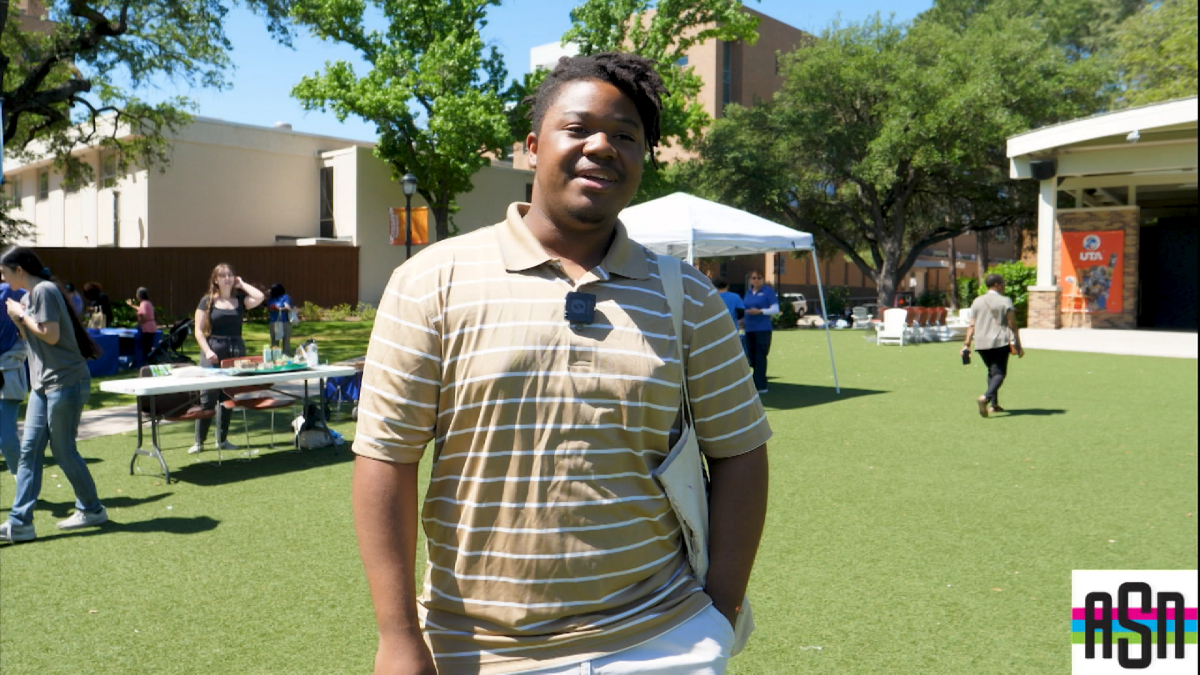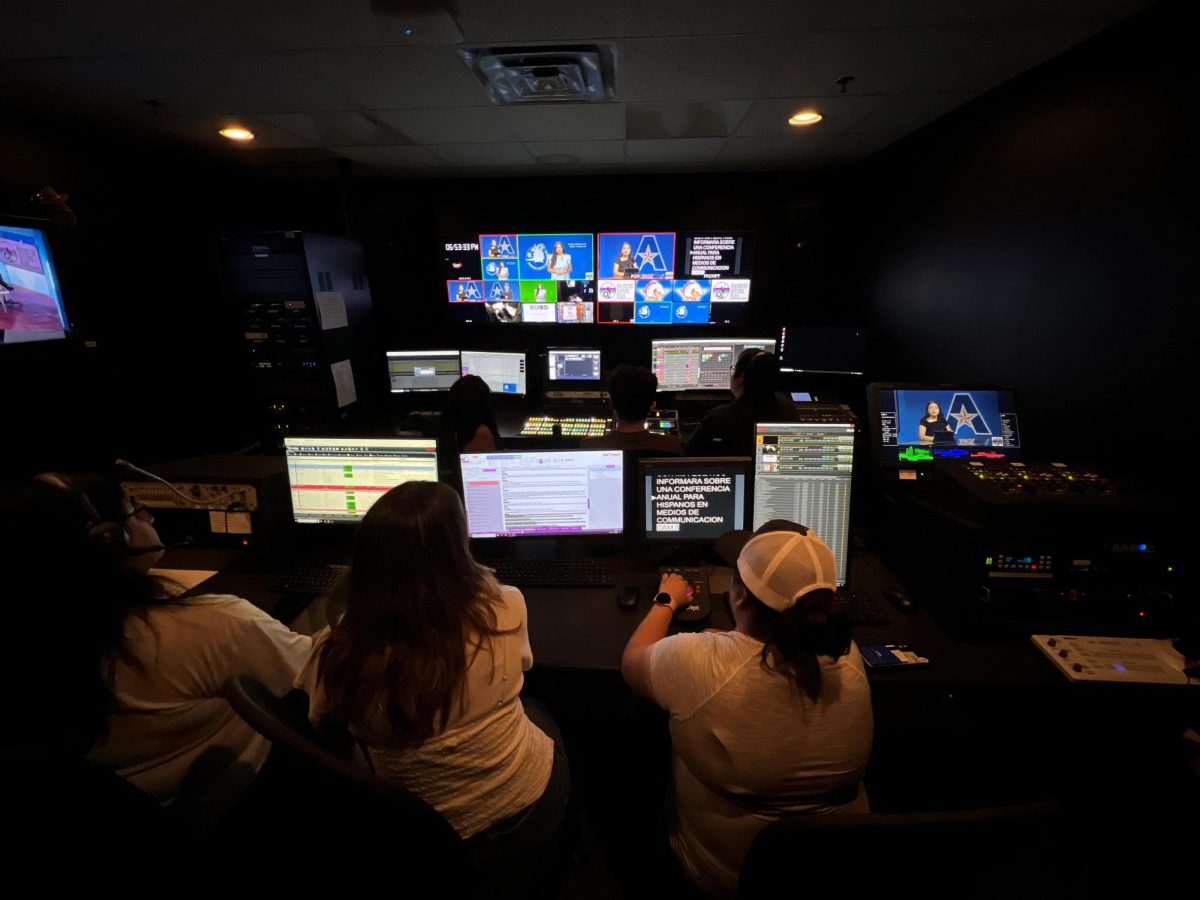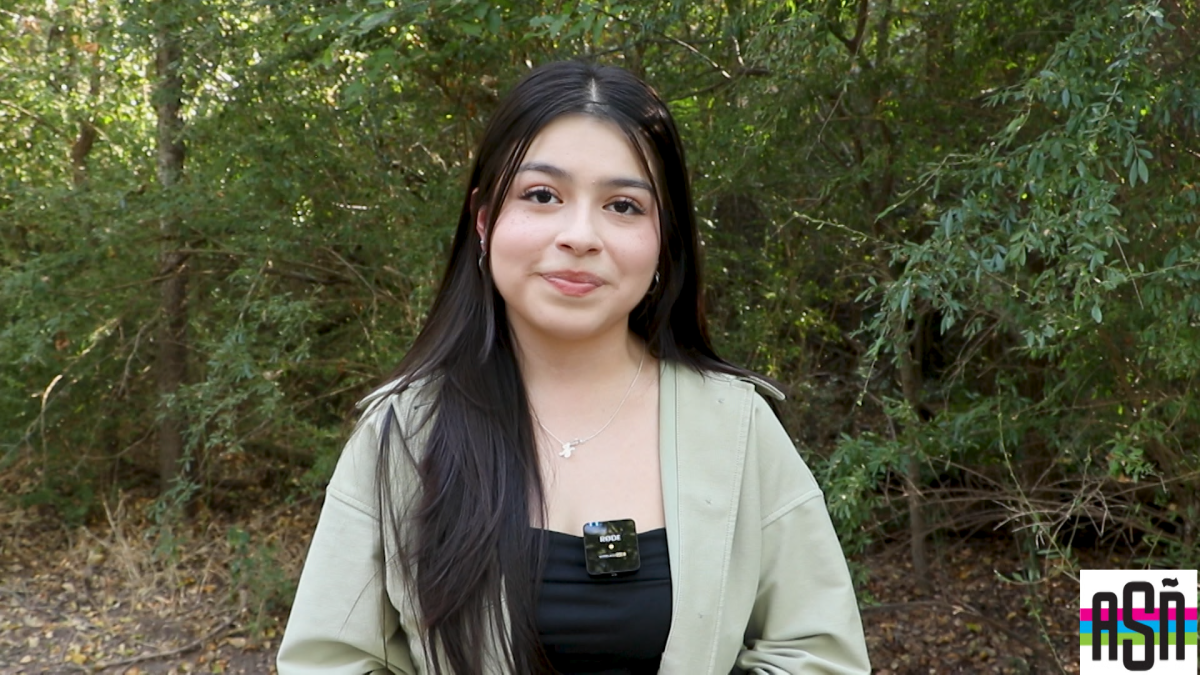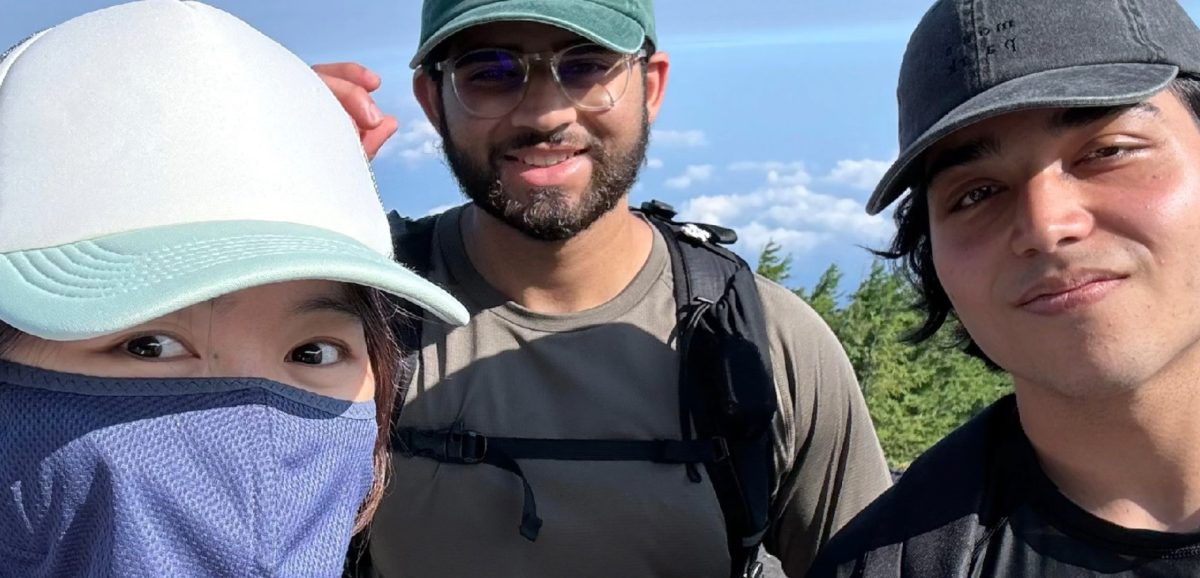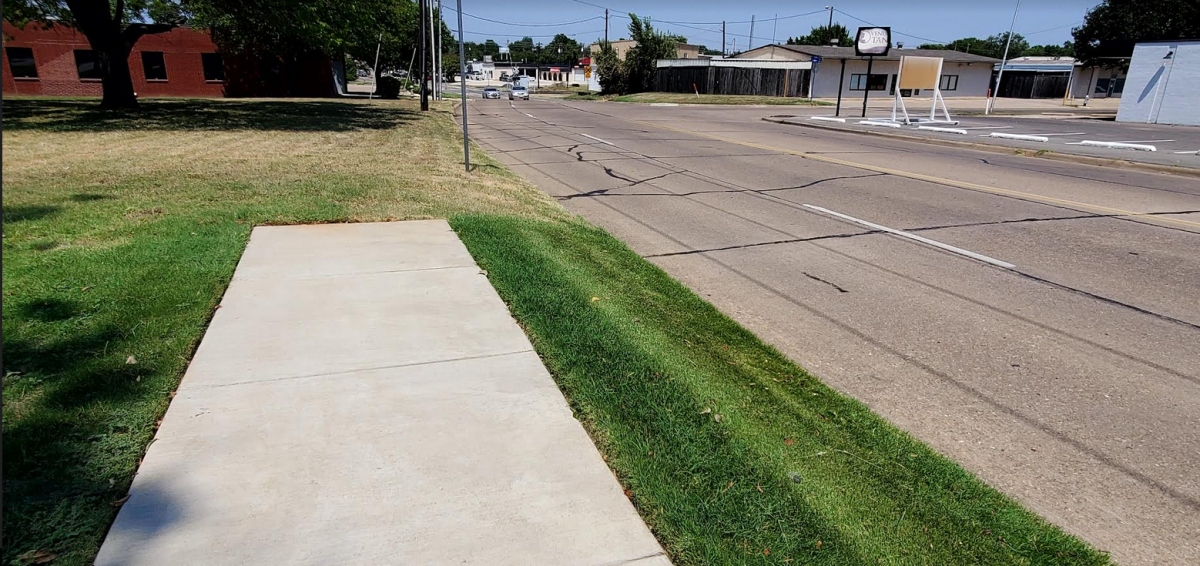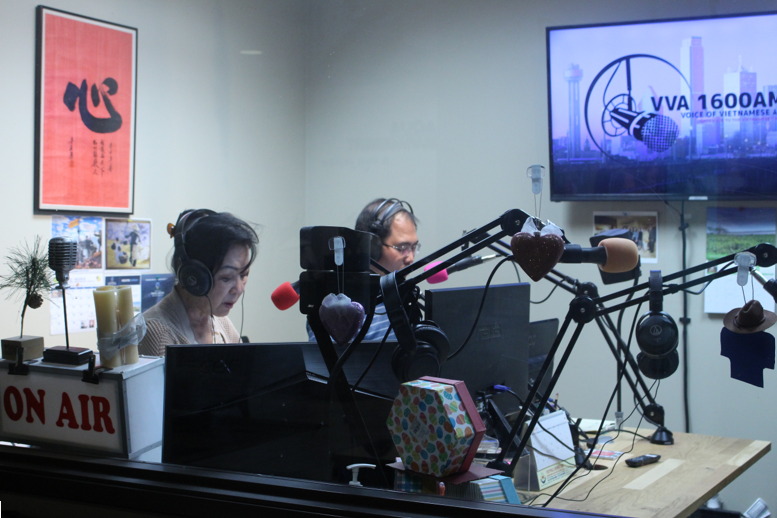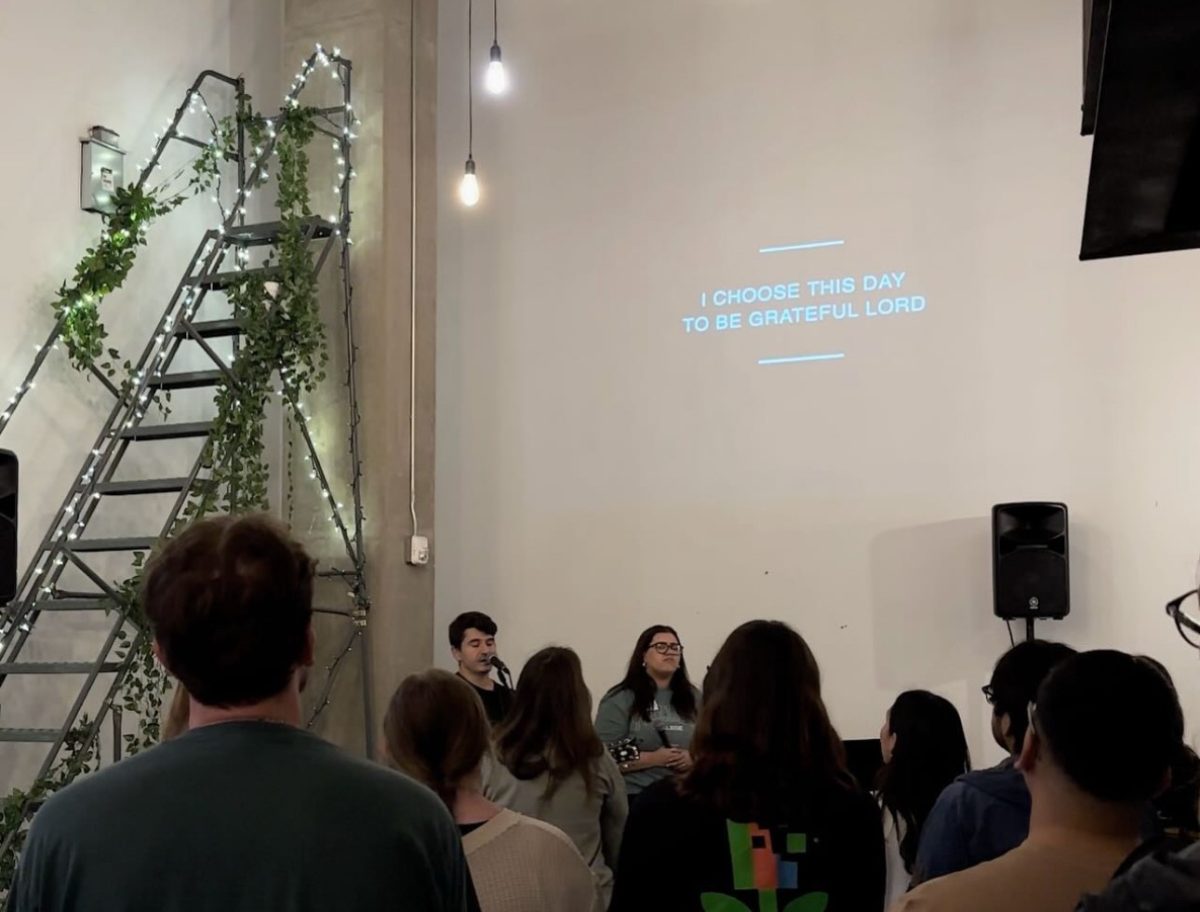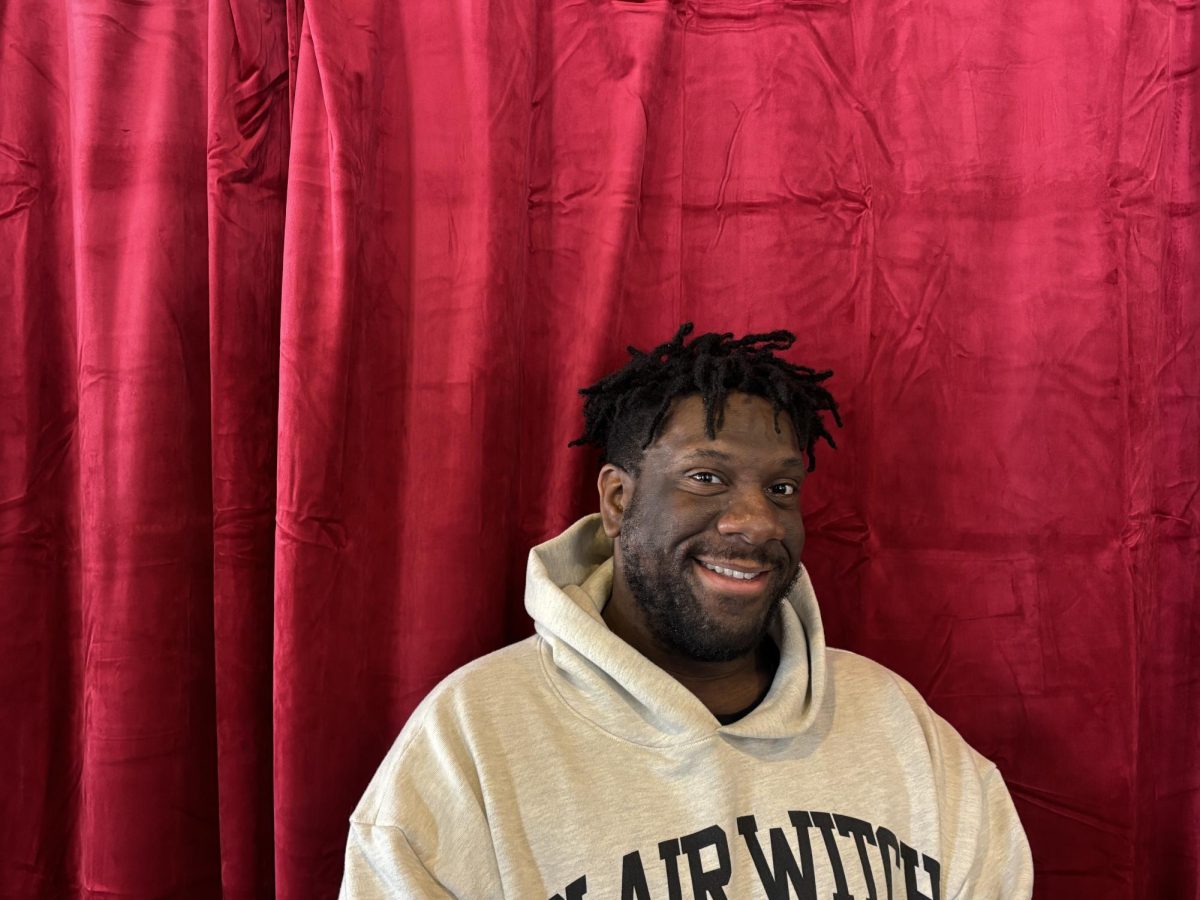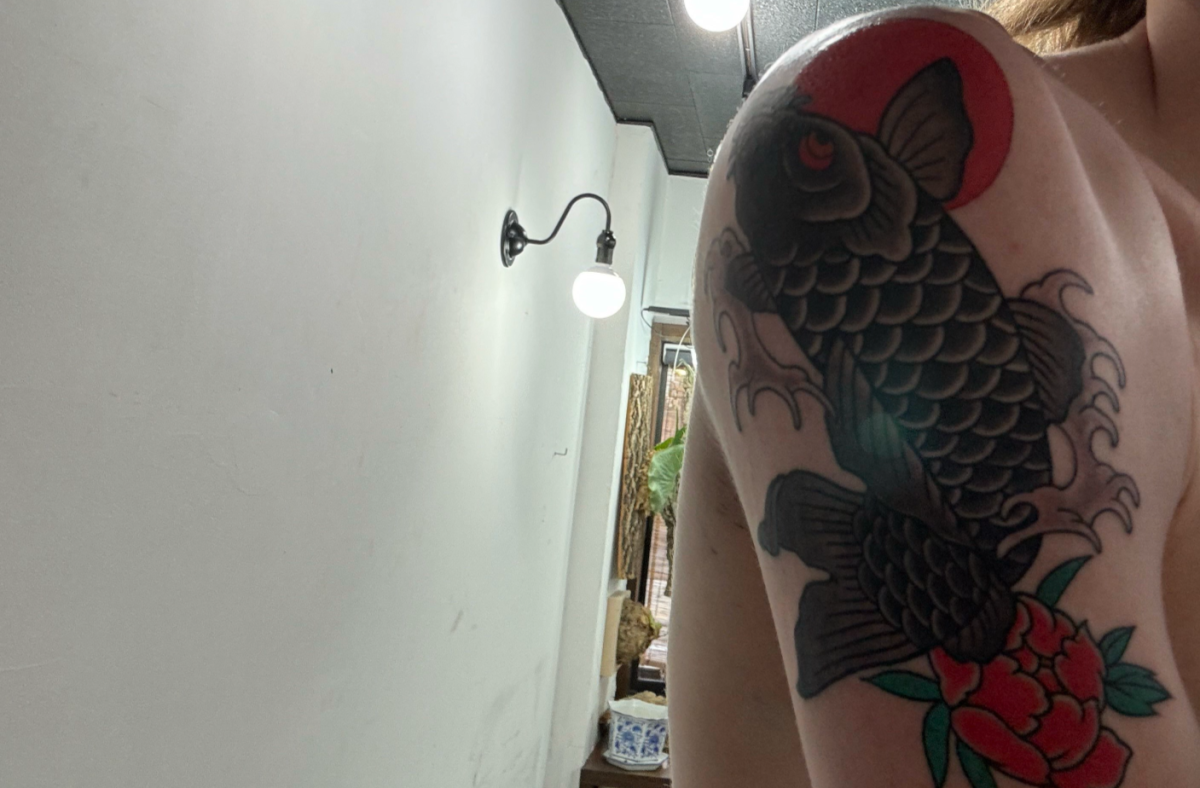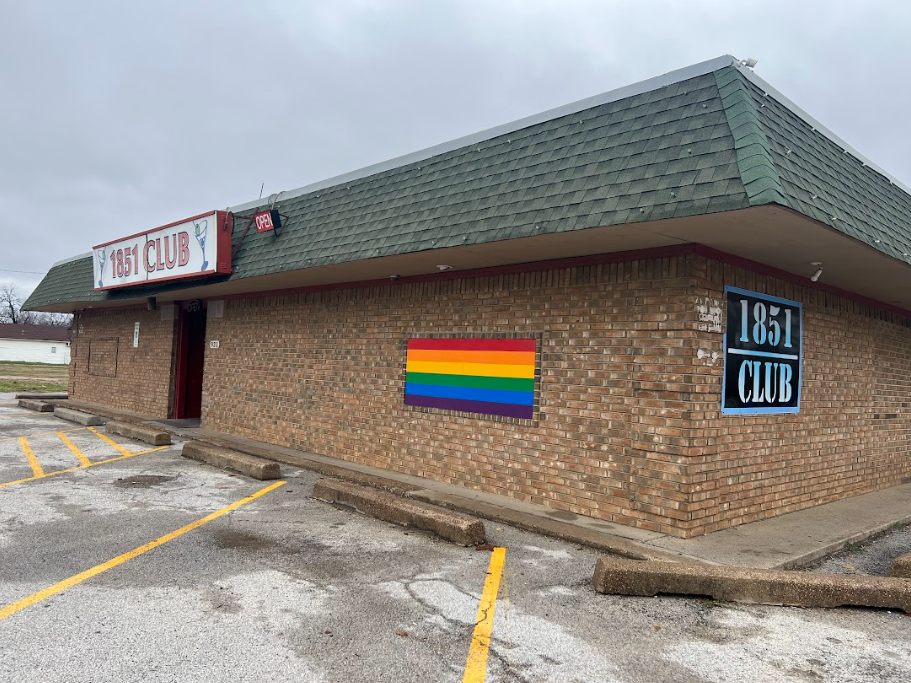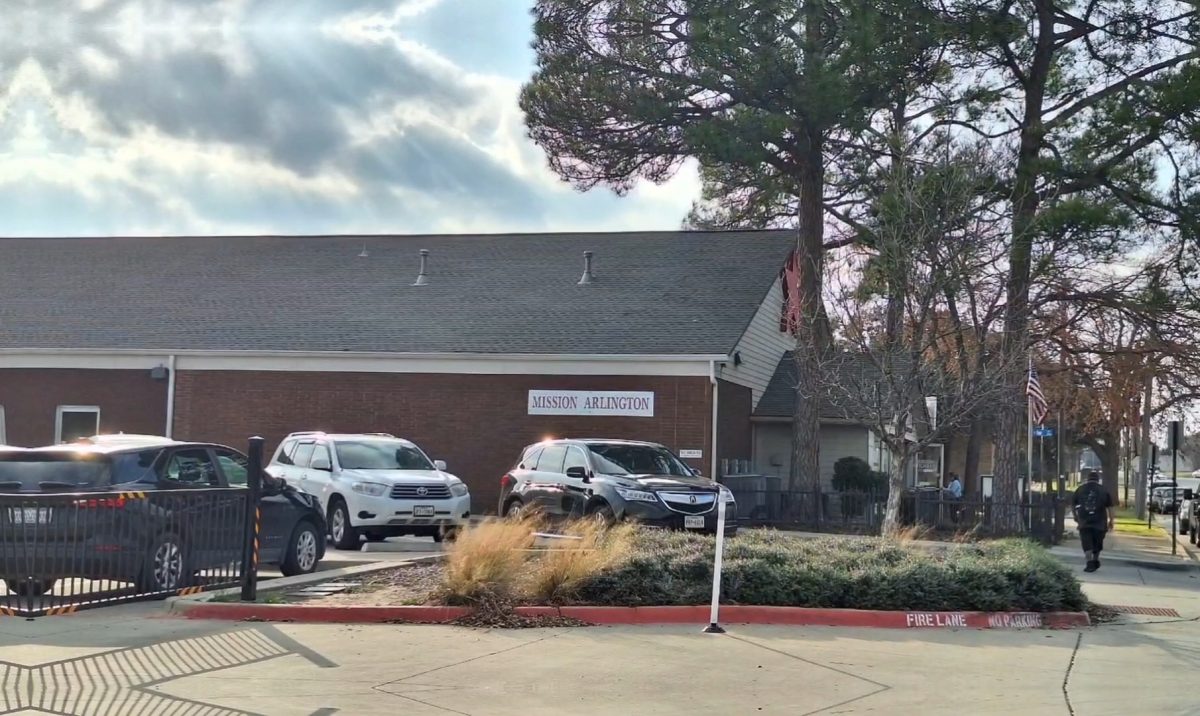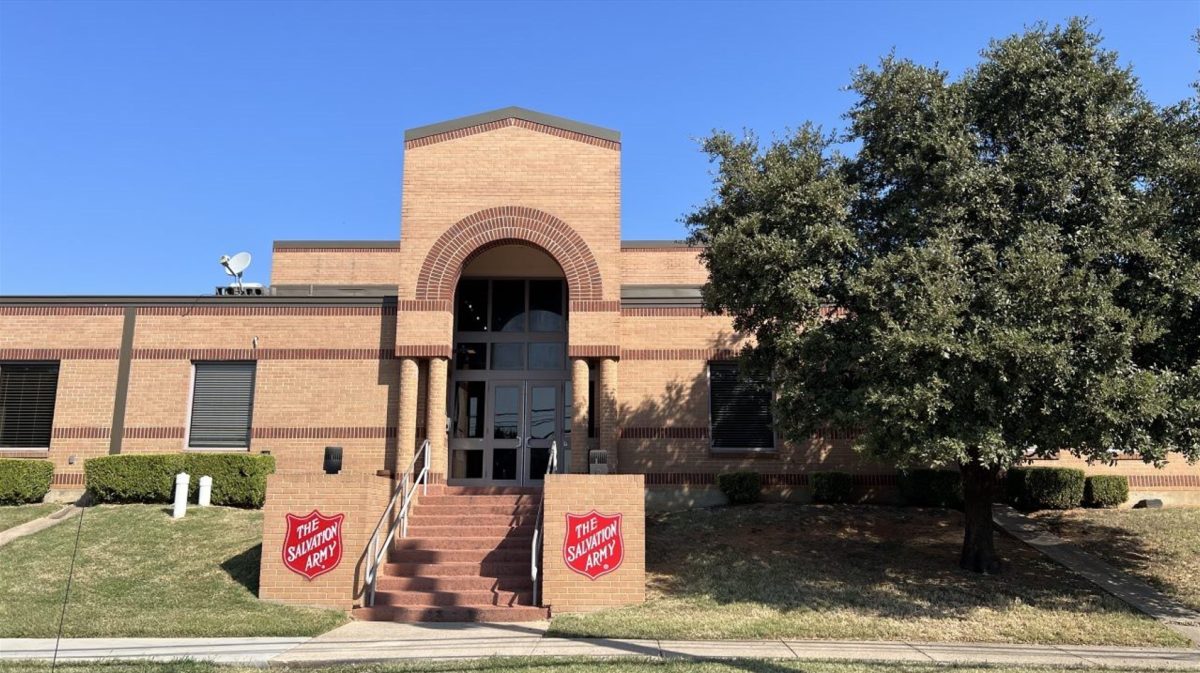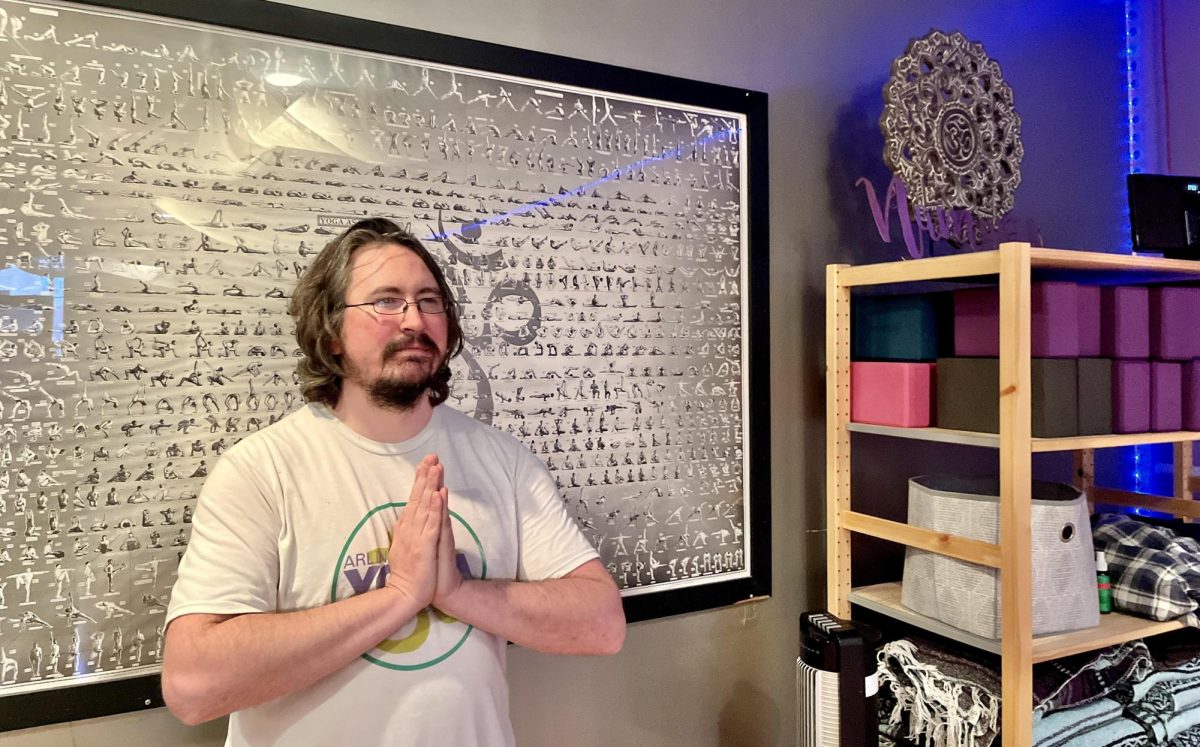Psychologists and therapists are reporting an increase in therapy attendance and patients in comparison to previous years, according to the American Psychological Association.
Many Certified Community Behavioral Health Centers, often referred to by the initialism CCBHC, are being more hands-on in their approach when attending to their patients, regardless of their ability to pay, location or age– including developmentally appropriate care for children and youth.
“I’ve been in this industry for 20 years and I’ve seen changes from terminology to policies,” Bill Hill, who has worked as a caseworker and runs the business operations for My Health My Resources of Tarrant County, said. “Yet, the biggest that I found to be helpful is the implementation of peer professionals and recovery coaches in CCBHC, because they’re able to show the other side and provide lived experience to ease teachings and treatment.”
A Centers for Disease Control and Prevention analysis reported that nearly three in five, 57%, of U.S. teen girls felt persistently sad or hopeless in 2021— double the numbers for boys. In comparison to the past decade, this number is nearly a 60% increase and is the highest level reported by teen girls.
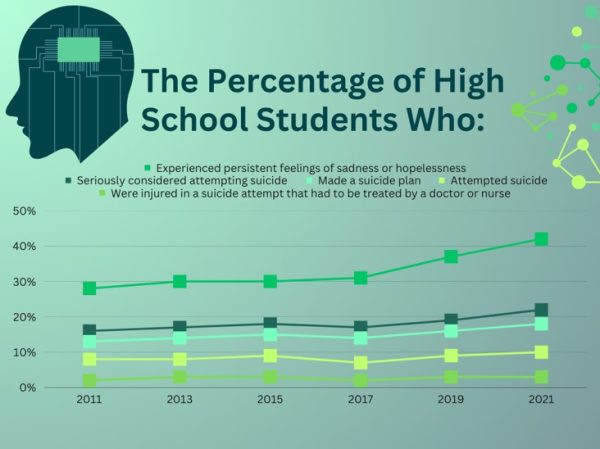
“Social media plays a strong negative role in the mental health of teens, including myself,” 17-year-old high school student Emily Hernandez said. “This is because we see a public standard that we believe we need to appease to, which causes us to conform ourselves into looking and trying to be someone we’re not instead of figuring out who we are.”
One community at a time, the CCBHC model is transforming behavioral health systems. Congress has put billions of dollars into the Substance Abuse and Mental Health Services Administration’s CCBHC grants since its inception, including $420 million from the American Rescue Plan.
“The funding that goes to CCBHC can do so much for communities like Tarrant County that has a huge transportation issue,” Hill said. “Our aim is to treat the entire person as a whole and meet the person exactly where they’re at in their health journey because as time changes, the perception of mental health follows.”
Awareness about mental health is growing, and the demand for psychologists and centers, like the MHMR in Tarrant County, is following such a trend.
“Therapy has made me realize that I’m self-aware, and basically at an advantage to solve my problems,” Henry Hernandez, a therapy patient and advocate since 2022, said. “I don’t think that it’s just about people becoming more diagnosed with problems, but more about their ability to open up and ask for help, because mental health has always been an issue.”
The CDC reported that 29% of teen boys said they experienced feelings of sadness and hopelessness in 2021, and 14% seriously contemplated suicide. While the numbers may look better for boys than for girls, Hill cautions that they may not offer an accurate reflection of boys’ mental health.
“This data might not always be as accurately reported because of gender bias that it doesn’t account for,” Hill said. “To me, this report points out that teen girls are more open to reporting their emotions, which means there are boys out there who feel such things and don’t report it.”
Hernandez agreed, noting that society expects men to be strong.
“There is definitely a stigma that makes it harder for men to seek out resources,” Hernandez said. “Ever since I was a child, it was instilled into my brain to hide emotions and be stronger, and those notions can be very harmful. This repeated idea that men should hide their emotions is a stigma I wanted to break. I knew I wanted to go to therapy, and it was just a matter of when.”
The Mental Health Quotient, a brief online assessment tool that asks respondents to evaluate their psychological and physical functioning, reported that in 2020, U.S. respondents didn’t attend therapy for multiple reasons.
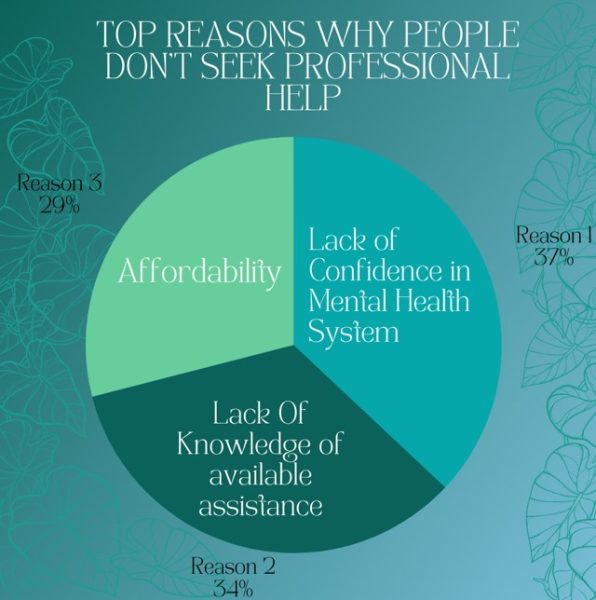
At 37%, a lack of confidence in the mental health system was the most common reason for respondents not seeking help, followed by 34% reporting a lack of knowledge about where and what kind of assistance is available. In addition to these primary factors, unaffordability posed a significant barrier to seeking assistance for 29% of respondents in the United States.
“The reason why I don’t attend therapy is mostly for financial reasons because it’s not really affordable when you don’t have health insurance,” Tiffany Truong said. “I think if it was to be more financially accessible to certain communities, reporting numbers would shoot up even more than they already have since the pandemic.”
The pandemic contributed to a significant drop in the mental health of people no matter their age and gender. Yet, there seemed to be a consensus by respondents that it wasn’t the direct cause of their mental health troubles, but the trigger that made them realize they wanted to seek out help for things they distracted themselves from.
“The macro of the pandemic is that we all generally felt isolated, scared, lonely, distraught, caged in and frustrated,” 39-year-old pre-COVID-19 patient and advocate Helen Horton said. “But the micro aspect is that we had to sit alone with the demons that productivity distracts us from.”
Horton said citizens have become accustomed to prioritize their jobs over themselves.
“We live in such a capitalist and commercialized society where we’re pushed towards productivity that we become not only mentally numb to the issues of those around us but to ourselves as well,” Horton said. “I think therapy gives us a lot of self-examination and coping mechanisms with traumas – triggered by our day-to-day life – that we may not necessarily have identified as such.”

